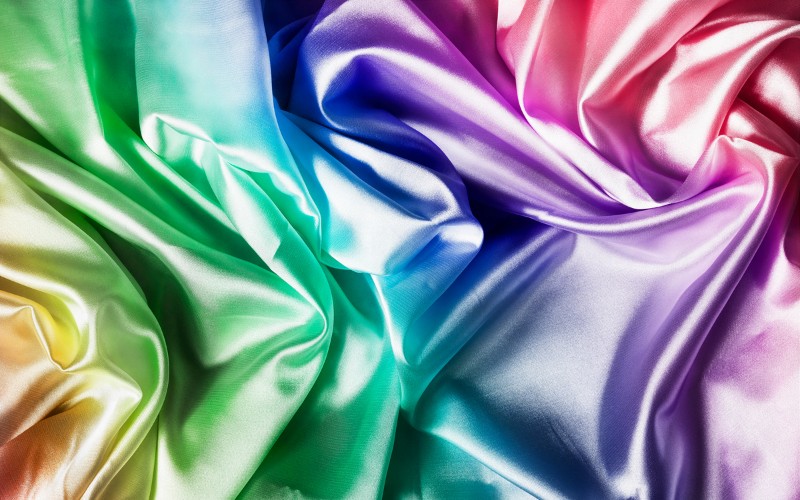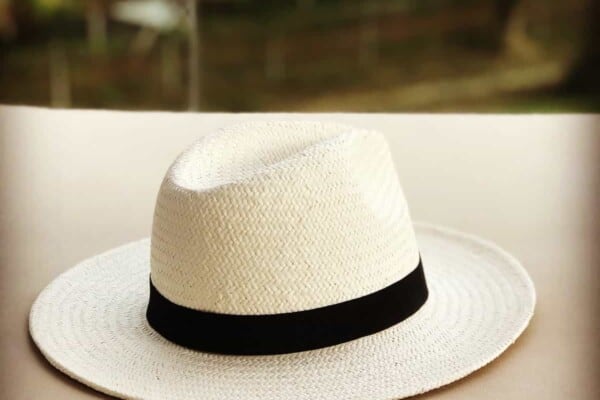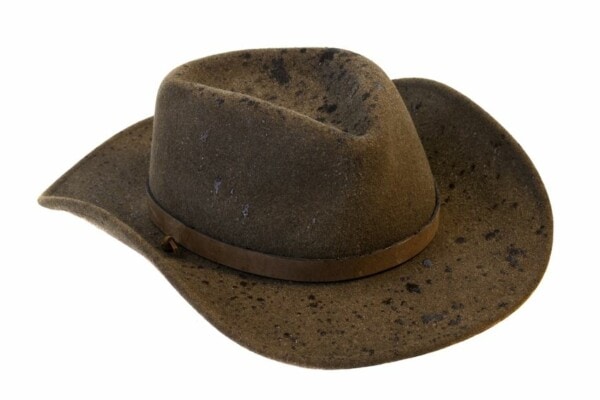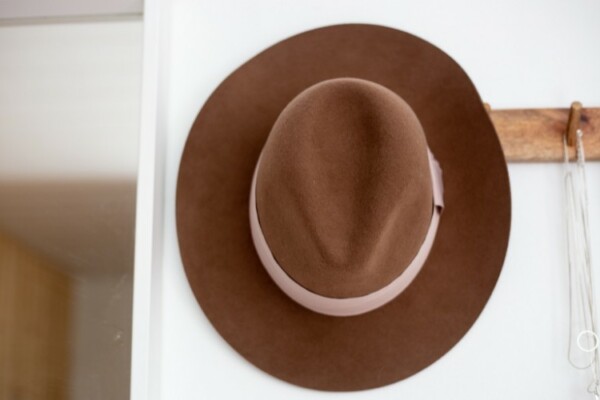When it comes to taking care of your hair, the types of products or styling tools you use shouldn’t be the only things you consider.
How you wear your hair to sleep has a significant impact on its appearance and overall health. Fortunately, hair wraps, or sleep bonnets, are an excellent accessory to add to your nighttime routine. They yield an abundance of benefits, including protecting your gorgeous tresses, promoting hair growth, reducing frizz and breakage, and plenty more.
With demand for sleep bonnets increasing (and rightfully so), more brands are experimenting with various textiles. The two most popular? Silk and satin. You may be wondering which is better and if they provide different benefits. Today, we’re untangling the mystery of silk vs. satin headscarves, so you can begin taking care of your hair as soon as possible!
What Is the Difference Between Silk and Satin?
Before we can determine the best type of hair wrap, we need to understand what makes these fabrics different. Silk and satin have been vying for the title of “Best Material” for years. In truth, they share similarities. For example, they both feel ultra-soft and luxurious on the skin. They both feel cool to the touch, as well.

Silk Production
The real difference is how they are produced. Silk fibers are made by silkworms when they spin themselves into a cocoon before becoming a silkmoth (we know it sounds gross; bare with us!). The fibers are then harvested from the cocoon in boiling water until the cocoons come undone.
Silk is hypoallergenic and less absorbent, meaning it won’t absorb your hair’s natural oils and leave it dry and frail. Unlike traditional cotton, which often causes knotting and split ends, a silk sleep bonnet minimizes friction and maintains your hairstyle.

Satin Production
Originally, satin was produced from silk, which may account for their similar texture. However, today satin is woven from long fibers and can be made from synthetic fibers, such as polyester, cotton, and rayon, which can also be made to form long filaments.
Similar to silk, satin is also hypoallergenic and less absorbent, providing the same benefits. In addition, satin boasts a smooth, flexible surface that is forgiving on your tresses. Its superior breathability won’t make you feel suffocated at night once you’ve secured your hair in a satin scarf.

Check out this popular option on Amazon.
Silk vs. Satin: The Conclusion
You want the very best for your hair, and you’re likely looking for a clear-cut answer to which fabric is the best. The truth is both work wonders for your locks, as they help prevent dryness and damage.
You may find satin accessories are more accessible than silk due to the cheaper cost of production and easier maintenance. Since satin is produced with other synthetic fabrics, a satin scarf is much easier to clean, as you can simply toss it into the washing machine. Additionally, some people prefer satin over silk, as it is cruelty-free and vegan, unlike its competitor.
So, when it comes down to it, we recommend assessing your needs and choose the fabric that best aligns with your goals, concerns, and values.













